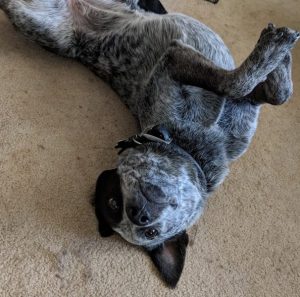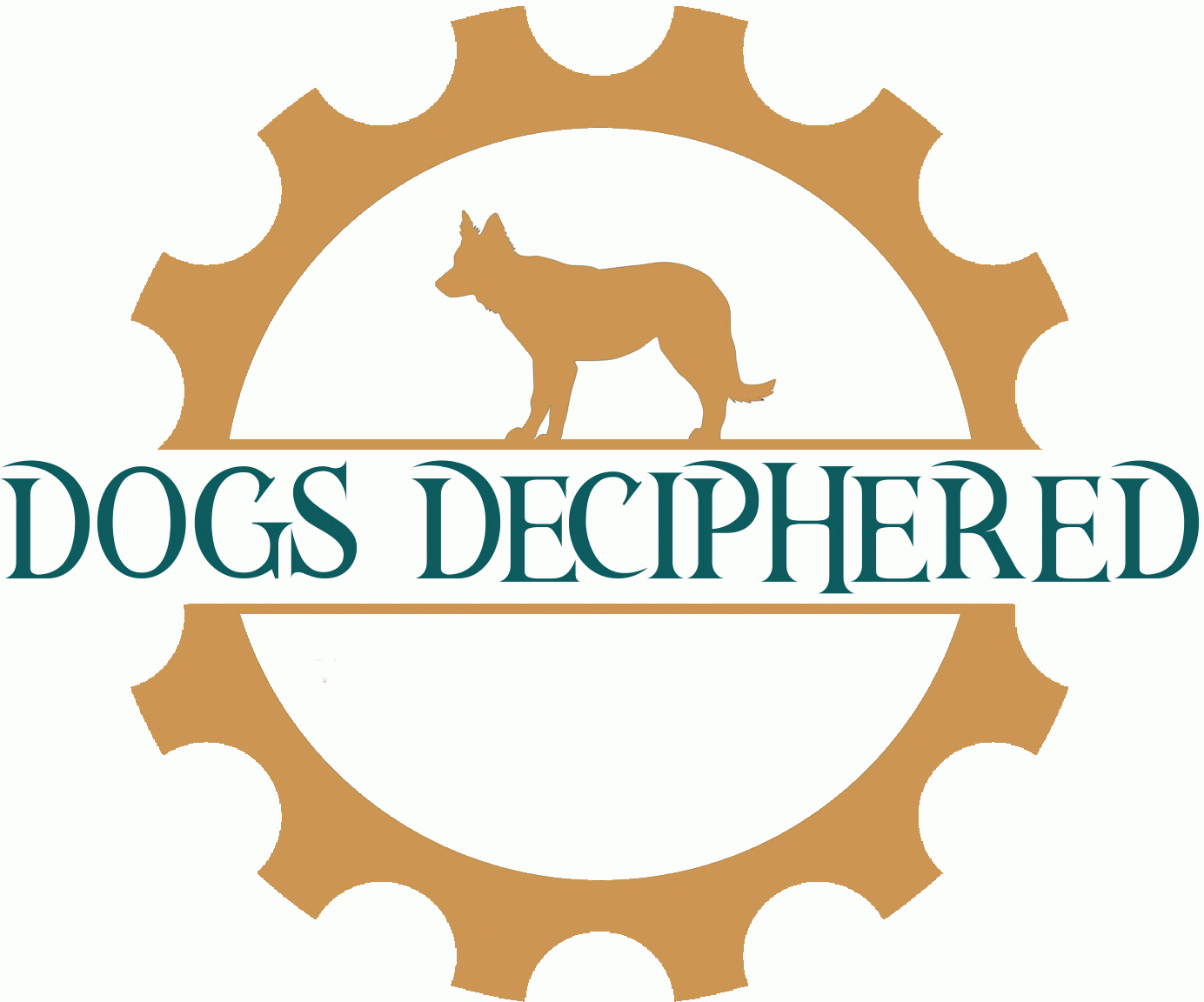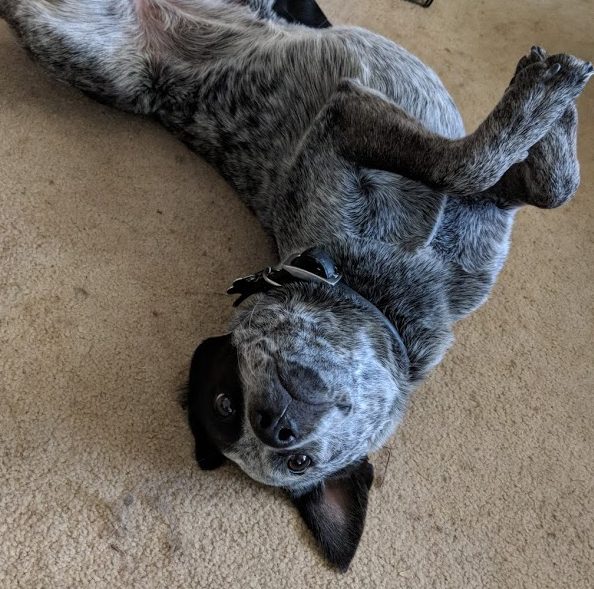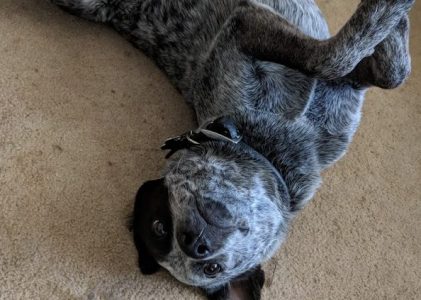I recently realized that one of my favorite songs perfectly illustrates a great technique to use in modifying problematic behaviors. The lyrics of “When it was Wrong” by The California Honeydrops describes a typical romance between two young lovers, “Wooo, baby do you remember when we were hiding out? Just a-sneaking out, a little making out?”. The song reminisces about those days, because according to the singer, sneaking around was what made the relationship exciting, and now that those days are over the thrill is gone. Now, I’m not going to comment on the human behavior involved in these sorts of relationship games, but I think it represents something we see in dogs all the time. The chorus finishes off with the song’s title “I liked it better, when it was wrong” which is oh-so-true when it comes to many dog behaviors that we find problematic.
Here are a few behaviors that can increase by making them “forbidden”:
- Fence fighting
- Chasing squirrels or rabbits
- Stealing items (can lead to swallowing items as well)
- Sniffing
- Looking at distractors
Like the forbidden romance in the song, most of these behaviors meet an emotional need. By forbidding a behavior that meets an emotional need, the typical response is an emotional outburst, rather than a thoughtful decision not to repeat the behavior. We can deal with each of these behaviors in such a way as to meet the emotional need, without continuing the problem behavior.
I would encourage you to think of some of the “naughty” behaviors your dog does, and figure out a way to make them “legal”. This won’t work with every problem behavior, and should never be used with behaviors that are dangerous to your dog or others. However, you might be surprised at your dog’s reaction to being sent back to sniff, or to race back to the fence as a dog passes by. What’s at work is the Premack Principle, which states that a behavior with a high probability of happening can reinforce a lower probability behavior.

Let’s look at an example: If your dog wants to sniff a spot on your walk, sniffing is high probability (the dog is likely to exhibit the behavior), so it can reinforce coming away from the smell to look at you, a behavior which has a low probability. By allowing the dog to go back and sniff when he looks at you, you have now interjected yourself into a behavior your dog loves. This creates a shift in value, meaning you take on some of the value of the sniffing, and the sniffing loses some of its value. Your dog will be more likely to look at you when you call him away from a smell, because he knows you might just send him back!
This framework will increase your relationship with your dog. This happens because you switch from constantly nagging your dog about the things she shouldn’t be doing, to allowing her to indulge in some of her favorite behaviors. Your dog will be able to communicate about the things she wants to do without losing control, and you will start getting more of the behaviors you want. Congrats, you’ve now become the “Cool Mom/Dad”!


